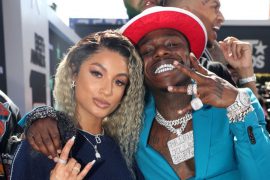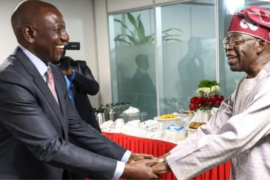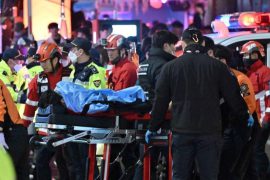Story by Damian Zane
BBC News
London Natural History Museum and Cambridge University say dem dey ready to co-operate with Zimbabwe to return human remains wey dem carry during colonial era.
Di fresh statement dey come afta one delegation from Zimbabwe do tok-tok with officials from both institutions.
Di Zimbabweans dey look for di skulls of late-19th Century anti-colonial heroes, wey dem believe say fit dey UK but dem neva see am yet.
E don tey wey di authorities for Zimbabwe dey suspect say dem carry di remains of some of di leaders of one uprising against British rule for di 1890s – known as as di First Chimurenga – go UK as trophies.
Di most significant among dem na one woman wey become known as Mbuya Nehanda.
Dem execute her for wetin now be di capital, Harare and dem dey respect her as national heroine.
For di process of searching dia archive, di Natural History Museum uncover 11 remains wey ” appear to be originally from Zimbabwe” – but dia records no connect dem with Nehanda.
Dem include three skulls wey dem bin carry for 1893, and wey dem believe say na from Zimbabwe second city, Bulawayo, plus remains wey dem uncover for mineshafts and archaeological digs and later donate.
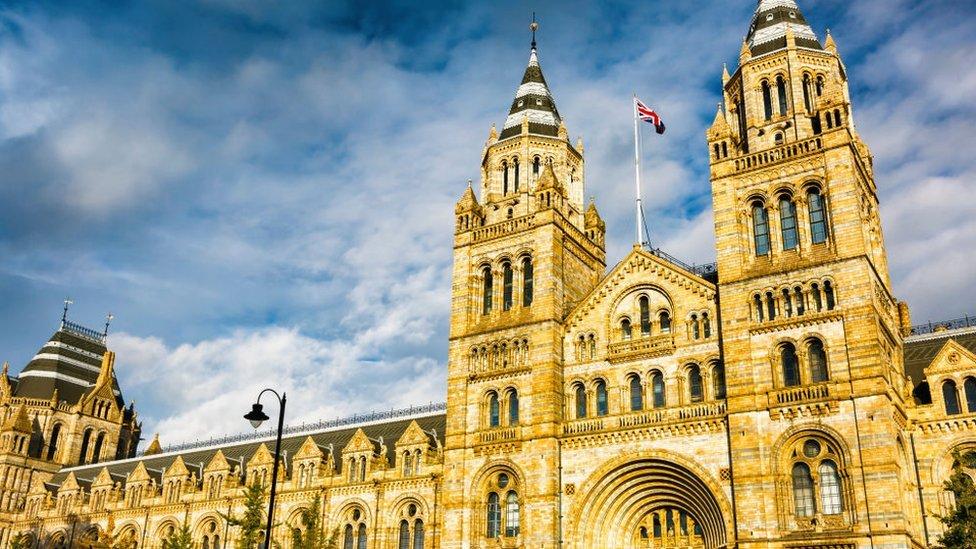
Cambridge University Duckworth Laboratory neva bin dey so specific, dem simply say dem get “small number of human remains from Zimbabwe”.
But for one statement wey dem send to di BBC, dem say dem neva identify any of these as belonging to First Chimurenga figures.
Di Natural History Museum, with 25,000 human remains, and di Duckworth Laboratory, with 18,000, get some of di largest of such archives for di world.
Dis come from different sources including archaeological excavations of ancient sites, but for many, di exact origins dey unclear by time.
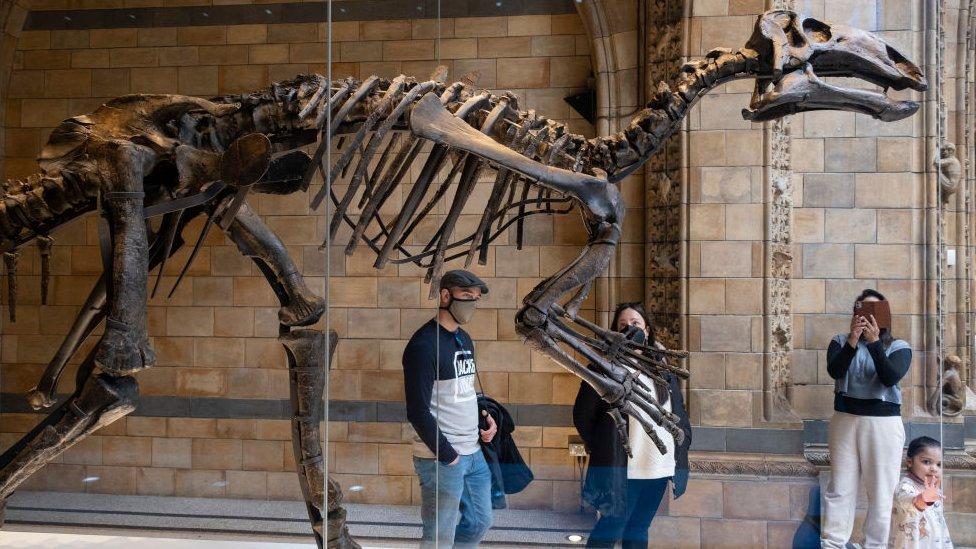
During di colonial era, dem dey sometimes dey remove body parts from battlefields or dig am up from graves either as trophies or for research into wetin now be discredited scientific field.
For di 19th Century, phrenology, wey investigate di idea dat human characteristics fit dey determine by di shape of di skull, dey very popular for di UK and oda parts of Europe.
Phrenological societies go collect skulls to help develop di theory, wey for some, extend to racial classification.
Some researchers set out to show dat skull shape indicate say pipo from different parts of di world dey naturally inferior.
Some of di archives wey now dey exist for di UK na amalgamations of wetin defunct phrenological societies as well as private collectors don pile up .
Zimbabwe goment believe say somehow di skulls of di kontri heroes end up for di archives of one British museum.
Chief among dem na spiritual leaders, including Charwe Nyakasikana, wey become known as Mbuya (Grandmother) Nehanda as she be di medium of di ancestral spirit Nehanda wey dem dey worship.
Dem arrest her afta dem bin accuse her of killing one British official.
Then, dem hang Nehanda and cut her head comot, according to di belief.
Wetin happun next no dey clear, but in recent years, Zimbabwean officials don make several public statements saying e end up for di Natural History Museum.
With a death cry of “my bones go surely rise”, Nehanda become one increasingly potent symbol for those wey dey fight against white-minority rule for wetin wey dey known then as Rhodesia from di late 1960s.
Zimbabwe gain independence for 1980.
One three-metre statue of Nehanda now stands ova one major road for di centre of Harare.
During di unveiling for 2021, President Emmerson Mnangagwa pledge to continue to call for di return of her skull and odas from di Natural History Museum.
For Zimbabweans, di removal of di head “mean say you don literally punish di pesin beyond di grave”, Godfrey Mahachi, wey lead di delegation to di UK, tell di BBC for 2020 wen dem bin plan di visit.
“If di head dey separated, dat mean say di spirit dat pesin go forever dey waka about and neva settle.
“Upon say dem no find wetin di Zimbabwean delegation dey look for, both di Natural History Museum and Cambridge University say dem dey committed to work with di Zimbabwean goment to repatriate wetin dem find.
As part of dia policy of repatriation, earlier dis year, di Natural History Museum return ancestral Moriori and Maori remains.
For one press statement afta one recent cabinet meeting, Zimbabwe goment tok say di delegation wey go UK no dey satisfy say:
“indeed human remains of Zimbabwean origin still dey for di UK”.
“Goment go spare no effort to make sure of di repatriation of our ancestors,” im add.
Di Zimbabwean delegation also do tok-tok with di British Museum, Oxford University Pitt Rivers Museum, di University of Manchester Museum and di UK National Archives.
But dem neva give any details about wetin dem discuss.
Upon di lack of success for dis trip to di UK, di historical significance to Zimbabwe of di remains of Nehanda and odas mean say di search go continue.

